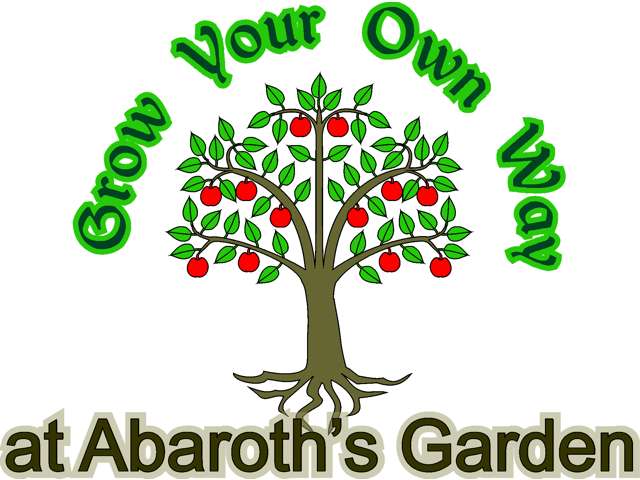|
© Abaroth 2019. Permission is given to reproduce for non-profit
purposes only.
Home
Historic Sites
Models
Heraldry
Puzzles
Garden
Links
How to Make Comfrey Tea Liquid
Plant Feed
I would advise wearing gloves when handling the
plants as the stems can be prickly,
and rubber gloves when dealing with the finished
liquid fertiliser.
Click thumbnails for larger images
|
Step 1
Comfrey plant in bloom. It is a
very useful plant to attract pollinators to your allotment or
garden. |
 |
Step 2
Collect enough comfrey
to fill a container - I'm using a plastic tub that contained fat
balls, but whatever you use needs a sealable lid.
|
 |
Step 3
Place the comfrey in a large tub
and chop it up using shears. You'll need a larger tub for
this, or you can chop it in smaller batches in the same
container.
|
 |
|
Step 4
This is how it should look when
you've finished. |
 |
Step 5
Transfer the chopped comfrey to
a mesh bag. Place the bag in the
sealable container.
|
 |
Step 6
Fill the container with water till the
comfrey is completely covered - the stone keeps it submerged
|
 |
|
Step 7
Place the lid on loosely to keep the rain out, but do not seal
it. |
 |
Step 8
After 3 to 4 weeks, the liquid
should have gone a murky brown colour and the comfrey tea is
ready for use.
|
 |
Step 9
Remove the mesh bag, and suspend
it over a container to collect the last of the liquid. |
 |
|
Step 10
Strain the liquid into the final
sealable container, using a fine sieve. This will remove all but the finest
particles, and prevent it clogging the rose on your watering
can.
|
 |
Step 11
Seal the lid on the container and
label it. |
 |
Step 12
The remaining solids can be added to your compost
heap, or used as a mulch. |
|
Notes:
|
- This stuff STINKS, so I
would not recommend using it on houseplants.
- Comfrey tea is a
concentrated fertiliser and should be diluted 10:1, which
means adding about 900ml to a 10 litre watering can. Use as
a general purpose fertiliser about once every 4-6 weeks.
- Comfrey contains vitamins
including
B12
and essential elements like potassium, nitrogen, phosphorus,
calcium, nitrogen, magnesium, manganese. The fertiliser is
rich in potassium, making it particularly beneficial to
flowering and fruiting plants.
- It will also boost general plant health,
stimulate growth and bolster the plants' immune system,
making them less susceptible to disease and pest damage.
|
Home
Historic Sites
Models
Heraldry
Puzzles
Garden
Links
Contact me with suggestions, comments or questions.
 |
